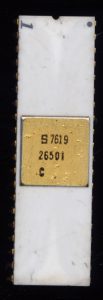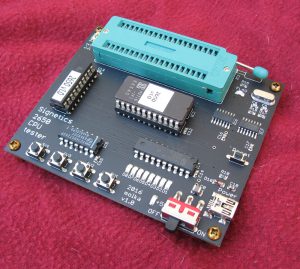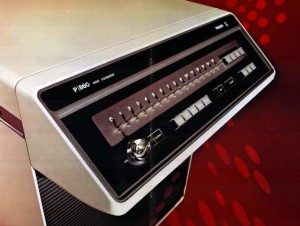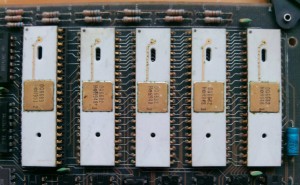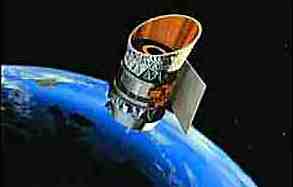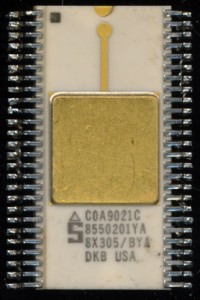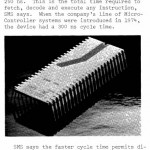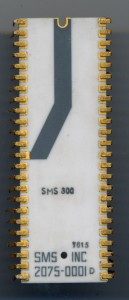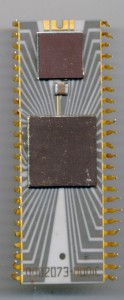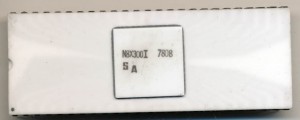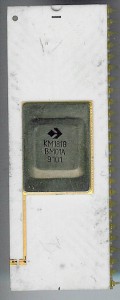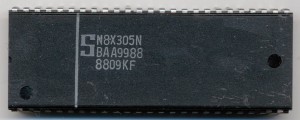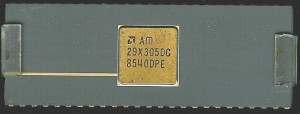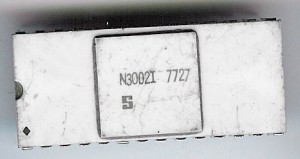Signetics 2650: An IBM on a Chip
The Signetics 2650 processor has always been described as ‘very mini-computer like’ and for good reason, it truly is very minicomputer like in design. It is an 8-bit processor released in July of 1975 made on an NMOS process. The 2650 has a 15-bit address bus (the upper bit (16) is reserved for specifying indirect addressing) allowing addressing of up to 32K of memory. It has 7 registers, R0, which is used as an accumulator, as well as 2 banks of 3 8-bit registers accessed. The 2650 supports 8 different addressing modes, including direct, and indirect with autoincrement/decrement. Its clearly a mini-computer design and there is a reason for that, it was based on one.
The 2650 is very closely based on the IBM 1130 mini-computer released in 1965. Both use 15-bit addressing, many addressing modes, and a set of 3 registers (Signetics added support for 2 banks of 3, The Signetics 2650 is often noted for its novel use of a 16-bit PSW status register, but this too is from the 1130, which used a 16-bit Device Status Register for talking with various I/O components. So why would Signetics base a processor released in 1975 on a 1965 mini-computer?
Because the 2650 was not designed long before it was released. J. Kessler was hired by Signetics in 1972 in part to help design an 8-bit processor. Kessler was hired by Jack Curtis, (Of Write Only Memory fame) from…IBM. Kessler designed the architecture very similar to the IBM 1130 and Kent Andreas did the silicon layout. The design contains 576 bits of ROM (microcode mainly), ~250 bits of RAM (for registers, stack, etc) and about 900 gates for logic. Clock speed was 1.25MHz (2MHz on the -1 version) on a ion implanted NMOS process, very good for 1972 (this was as fast as the fastest IBM 1130 made), but Signetics was tied up working with Dolby Labs on audio products (noise canceling etc) and didn’t have the resources (or perhaps the desire) to do both, so the 2650 was pushed back to 1975. In 1972 the IBM 1130 it was inspired by was still being made. If the 2650 had been released in 1972 it would have had the Intel 4004 and 8008 as competition, both of which were not easy to use, and had complex power supply and clocking requirements. The 2650 needed a 5V supply, and a simple TTL single phase clock.
Posted in:
CPU of the Day


